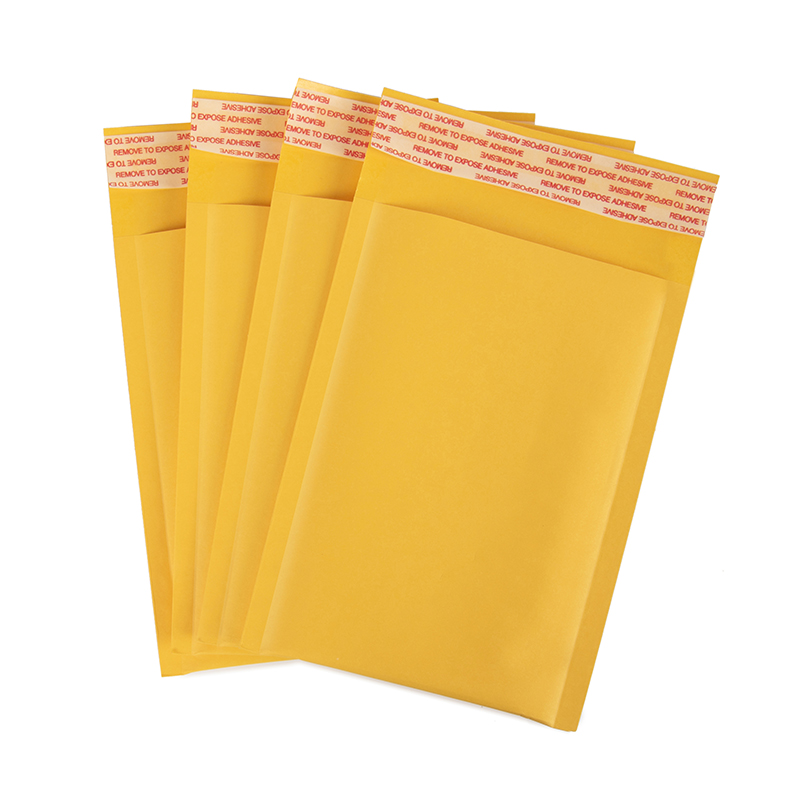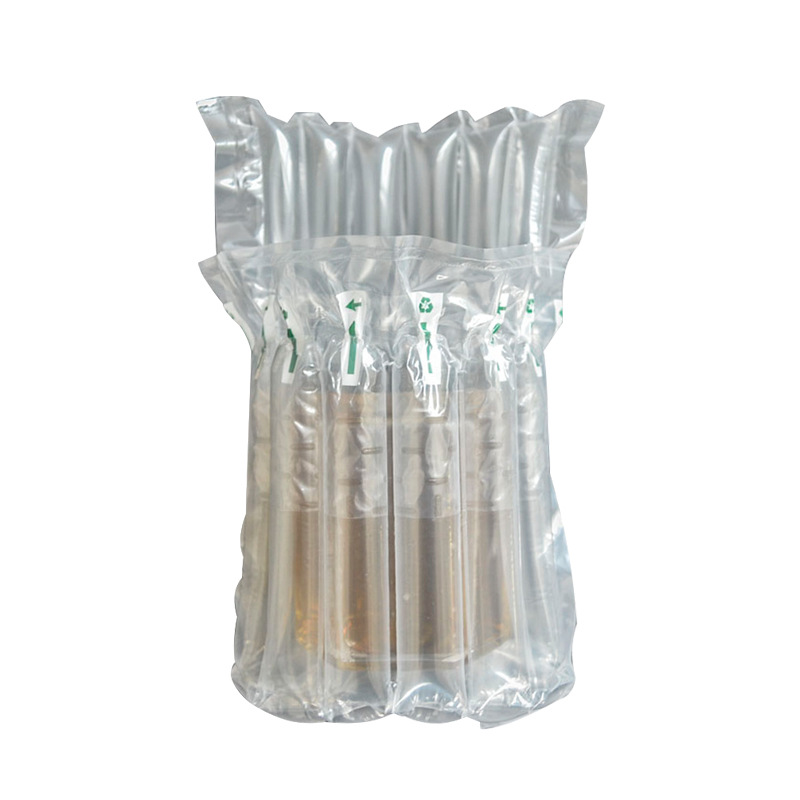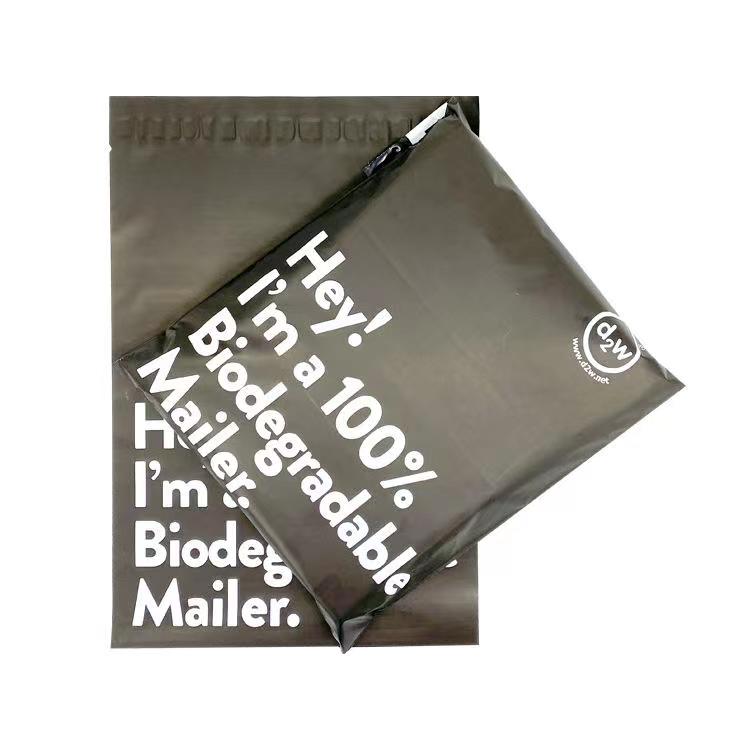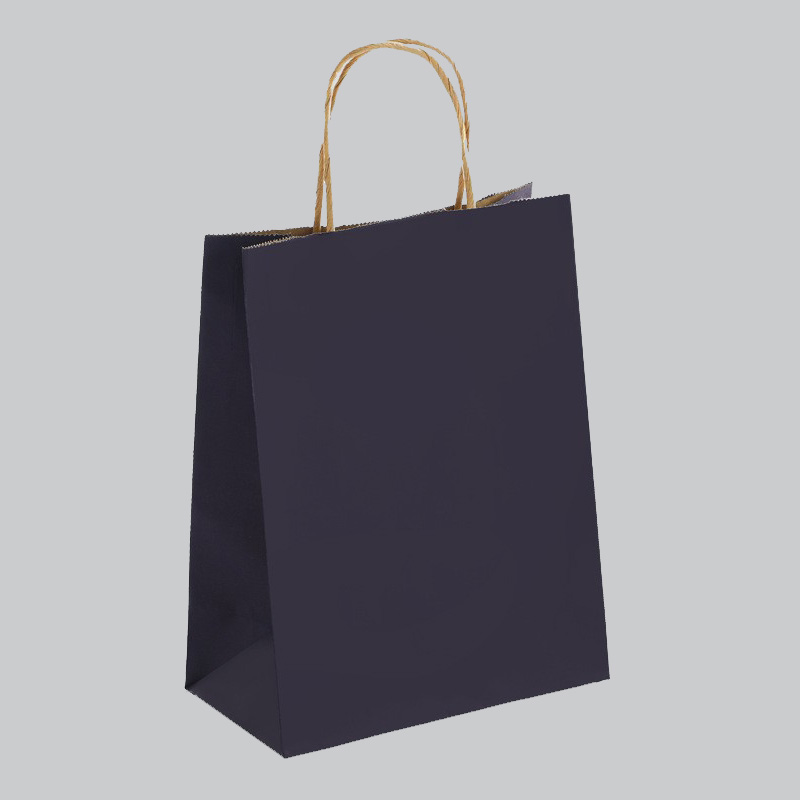Made from PVA, the ocean-friendly “leave no residue” biodegradable bags can be disposed of by rinsing with warm or hot water.
British outerwear brand Finisterre’s new clothing bag is said to literally mean “leave no trace”. The first company in its market to receive the B Corp certification (a certificate that measures a company’s overall social performance and manufactures products in a responsible and sustainable manner.
Finisterre is perched on a cliff overlooking the Atlantic Ocean in St Agnes, Cornwall, England. Her offerings range from technical outerwear to durable specialty items such as knitwear, insulation, waterproof clothing and base layers “designed for adventure and evoking a love of the sea.” So says Niamh O’Laugre, director of product development and technology at Finisterre, who adds that the desire for innovation is in the company’s DNA. “It’s not just about our clothes,” she shares. “This applies to all areas of business, including packaging.”
When Finisterre received B Corp certification in 2018, it committed to eliminating single-use, non-biodegradable plastics from its supply chain. “Plastic is everywhere,” Oleger said. “It’s a very useful material during its life cycle, but its longevity is a problem. It’s estimated that 8 million tons of plastic enters the oceans every year. It’s thought there’s more microplastic in the oceans now than there actually are in the stars of the Milky Way.” more”.
When the company learned about biodegradable and compostable plastic supplier Aquapak, O’Laugre said the company had been looking for an alternative to plastic clothing bags for some time. “But we couldn’t find exactly the right product to meet all of our needs,” she explains. “We needed a product with multiple end-of-life solutions, accessible to everyone (consumers, retailers, manufacturers) and, most importantly, if released into the natural environment, it would completely degrade and leave no residue. Down with microplastics.
Polyvinyl alcohol technical resins Aquapak Hydropol meet all these requirements. PVA, also known by the acronym PVA, is a natural, water-soluble thermoplastic that is completely biocompatible and non-toxic. However, one disadvantage of packaging materials is thermal instability, which Aquapak says Hydropol has addressed.
“The key to developing this renowned high-functionality polymer lies in the chemical processing and additives that allow the production of heat-treatable Hydropol, as opposed to historical PVOH systems, which have very limited application potential due to thermal instability,” said Dr. John Williams, Chief Technical Officer director of the Aquapack company. “This consistent processability opens up functionality – strength, barrier, end-of-life – to the mainstream packaging industry, allowing the development of packaging designs that are both functional and recyclable/biodegradable. Carefully selected proprietary additive technology maintains biodegradability in water.”
According to Aquapak, Hydropol dissolves completely in warm water, leaving no residue; resistant to ultraviolet radiation; provides a barrier against oils, fats, fats, gases and petrochemicals; breathable and moisture resistant; provides an oxygen barrier; durable and puncture resistant. wearable and safe for the ocean, fully biodegradable in the marine environment, safe for marine plants and wildlife. What’s more, Hydropol’s standardized bead shape means it can be directly integrated into existing production processes.
Dr. Williams said Finisterre’s requirements for the new material were that it be ocean-safe, transparent, printable, durable and processable on existing processing equipment. The development process for a Hydropol-based garment bag took almost a year, including adjusting the solubility of the resin to suit the needs of the application.
The last bag, called “Leave No Trace” by Finisterre, was made from Aquapak’s Hydropol 30164P single ply extrusion film. The text on the transparent bag explains that it is “Water soluble, ocean safe and biodegradable, degrading harmlessly in soil and ocean to non-toxic biomass.”
The company tells its customers on its website, “If you want to know how to safely dispose of Leave No Trace bags, all you need is a water pitcher and a sink. The material breaks down quickly at water temperatures above 70 ° C. and is harmless. If your bag ends up in a landfill, it biodegrades naturally and leaves no residue.”
Packages can also be recycled, added to the company. “This material can be easily identified using sorting methods such as infrared and laser sorting, so it can be separated and recycled,” the company explained. “In less complex waste treatment plants, hot water rinsing can cause Hydropol to dissolve. Once in the solution, the polymer can be recycled, or the solution can go to conventional wastewater treatment or anaerobic digestion.”
Finisterre’s new postal bag is lighter than the kraft paper bag he used before, and its film barrier is made from Aquapak’s Hydropol material. Following the Leave No Trace clothing bag, Finisterre has introduced a new and significantly lighter mailer program that replaces the heavy brown paper bags it used to mail its products. The package was developed by Finisterre in collaboration with Aquapak and recycler EP Group. The package, now known as the Flexi-Kraft mailer, is a layer of Hydropol 33104P blown film laminated to kraft paper using a solvent-free adhesive. The Hydropol layer is said to give the bag strength, flexibility and tear resistance. The PVOH layer also makes the bag much lighter than plain paper postal envelopes and can be heat sealed for a stronger seal.
“Using 70% less paper than our old bags, this new pack laminates lightweight paper with our water-soluble leave-on material to create a durable bag that can be safely added to your paper recycling life, as well as dissolve paper recycling into the pulping process.” — reported in the company.
“Lined our mailbags with this new material, reducing bag weight by 50 percent while increasing paper strength by 44 percent, all while using less material,” the company added. “This means that fewer resources are used in production and transport.”
Although the use of Hydropol has had a significant impact on the cost of Finisterre’s packaging (four to five times higher than polyethylene in the case of clothing bags), O’Laogre said the company is willing to accept the additional cost. “For a company looking to do business better, this is a very important project that we believe in,” she said. “We are very proud to be the first apparel company in the world to use this packaging technology and we are making it open source for other brands that want to use it because together we can achieve more.”
Post time: Aug-31-2023






.png)
.png)
.png)


